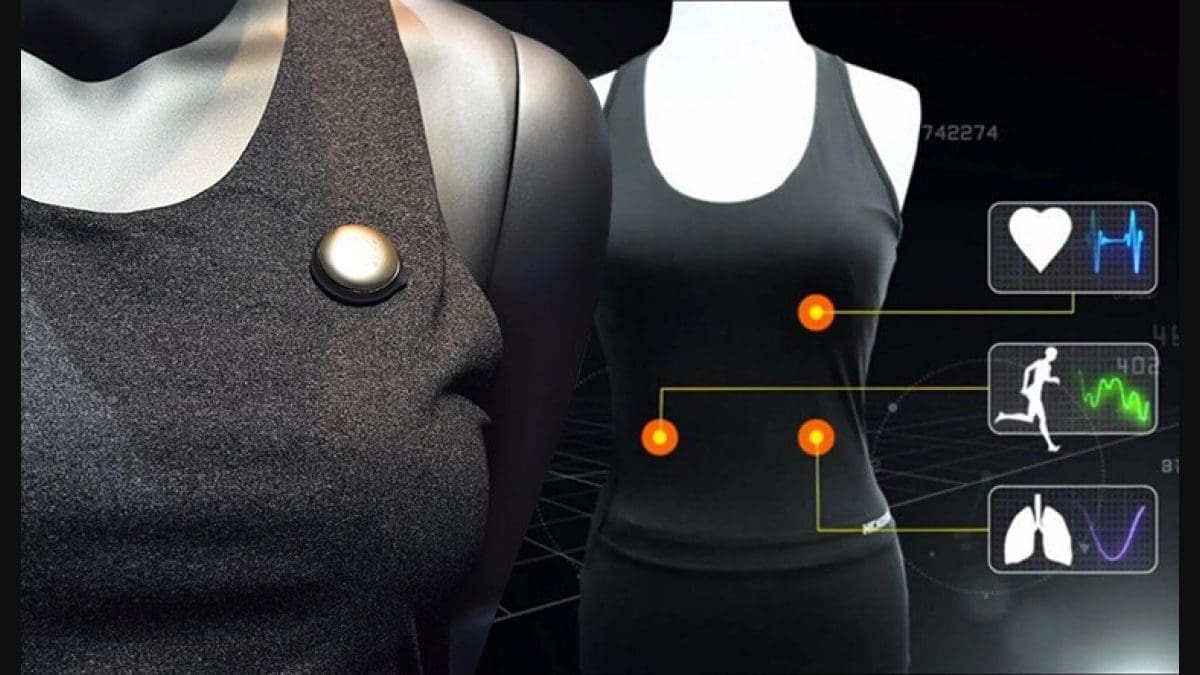Summary: This research article explores the transformative potential of smart and interactive textiles, highlighting their applications in healthcare, fashion, sports, and military sectors. It delves into the integration of advanced technologies like sensors, conductive fibers, and IoT, while addressing challenges and future opportunities in this rapidly evolving field.

In recent years, the textile industry has undergone a revolutionary transformation, moving beyond traditional fabrics to embrace cutting-edge technologies. Smart and interactive textiles, often referred to as e-textiles, are at the forefront of this innovation. These textiles are embedded with digital components, sensors, and conductive materials, enabling them to interact with their environment and users. From healthcare to fashion, sports to military applications, smart textiles are redefining the boundaries of wearable technology.
What Are Smart and Interactive Textiles?
Smart textiles are fabrics that incorporate advanced technologies to provide additional functionalities. These functionalities can range from monitoring physiological signals to changing color based on environmental conditions. Interactive textiles take this a step further by enabling two-way communication between the fabric and the user or environment. This is achieved through the integration of sensors, actuators, microcontrollers, and conductive fibers.
The development of smart textiles relies on interdisciplinary research, combining expertise from material science, electronics, computer science, and textile engineering. Key components of smart textiles include:
- Conductive Fibers: These fibers enable the transmission of electrical signals, allowing the fabric to function as a circuit.
- Sensors: Embedded sensors can detect changes in temperature, pressure, humidity, or physiological signals like heart rate and muscle activity.
- Actuators: These components respond to stimuli by producing movement, light, or sound.
- Power Sources: Flexible batteries or energy-harvesting systems are integrated to power the electronic components.
Applications of Smart and Interactive Textiles
- Healthcare
One of the most promising applications of smart textiles is in the healthcare sector. Wearable devices like smart shirts, socks, and gloves can monitor vital signs such as heart rate, blood pressure, and oxygen levels. For instance, smart socks equipped with pressure sensors can help diabetic patients detect foot ulcers early, preventing complications. Similarly, smart garments can assist in post-surgery recovery by monitoring movement and providing real-time feedback to patients and healthcare providers.
- Fashion and Lifestyle
The fashion industry is embracing smart textiles to create innovative and functional clothing. Designers are incorporating LED lights, color-changing fabrics, and temperature-regulating materials into their collections. For example, jackets with built-in heating elements can adjust to the wearer’s body temperature, ensuring comfort in cold weather. Additionally, interactive textiles are being used to create immersive experiences in entertainment and gaming.
- Sports and Fitness
Athletes and fitness enthusiasts are benefiting from smart textiles that track performance metrics. Smart sportswear can monitor muscle activity, hydration levels, and posture, providing valuable insights for optimizing training routines. For instance, a smart yoga mat embedded with pressure sensors can guide users to maintain correct poses, reducing the risk of injury.
- Military and Defense
Smart textiles are playing a crucial role in enhancing the safety and efficiency of military personnel. Uniforms with integrated sensors can monitor soldiers’ health and detect environmental hazards like chemical agents. Additionally, smart fabrics can provide camouflage by adapting to the surrounding environment, offering a tactical advantage in the field.
Challenges and Future Opportunities
Despite their immense potential, smart and interactive textiles face several challenges. These include:
- Durability: Ensuring that electronic components can withstand washing, stretching, and wear remains a significant hurdle.
- Power Supply: Developing lightweight, flexible, and long-lasting power sources is critical for the widespread adoption of smart textiles.
- Cost: The high cost of production limits accessibility, particularly for low-income populations.
- Privacy and Security: As smart textiles collect and transmit data, ensuring user privacy and data security is paramount.
However, ongoing research and technological advancements are addressing these challenges. For instance, the development of self-healing materials and energy-harvesting technologies is paving the way for more durable and sustainable smart textiles. Additionally, collaborations between academia, industry, and policymakers are essential for driving innovation and reducing costs.
Conclusion
Smart and interactive textiles represent a paradigm shift in the textile industry, offering endless possibilities for innovation. By seamlessly integrating technology into fabrics, these textiles are transforming industries and improving lives. As research progresses, we can expect to see even more groundbreaking applications, from smart homes with interactive curtains to wearable devices that enhance human capabilities. The future of textiles is not just smart—it’s interactive, adaptive, and revolutionary.
